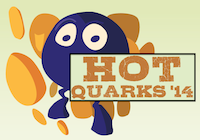Speaker
Ester Anna Rita Casula
(Universita e INFN (IT))
Description
Low mass vector meson (
Author
Ester Anna Rita Casula
(Universita e INFN (IT))

